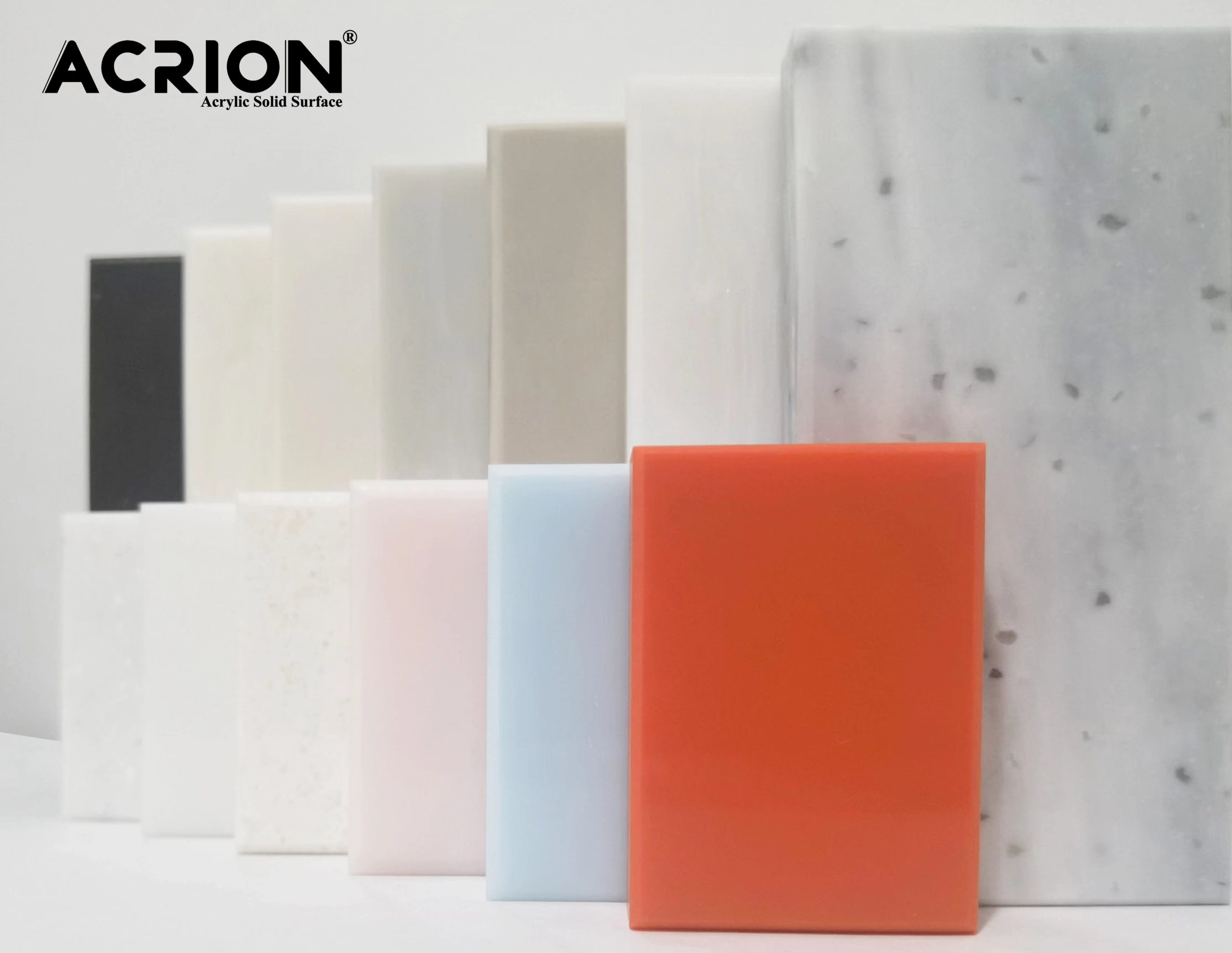Critical Precision Points in Corian Countertop Installation
Substrate Preparation and Alignment Verification
The foundation of flawless Corian installation begins with substrate preparation. All supporting cabinetry must achieve levelness within ±2mm across any 1-meter span, verified using a laser level and straightedge. Uneven surfaces create stress concentrations that may lead to visible deformation or adhesive failure over time. For floating installations, 12mm plywood sub-tops are recommended, secured with corrosion-resistant screws at 200mm intervals to prevent flexing.
Wall alignment presents another critical factor. In kitchens, backsplash areas should maintain 90-degree perpendicularity within ±1mm tolerance, measured using a digital angle finder. Even minor deviations become amplified when installing 20mm thick Corian backsplashes, potentially creating gaps that compromise waterproofing. A case study revealed that correcting a 3mm wall misalignment before installation eliminated the need for post-installation silicone filling, which often discolors over time.
Adhesive Application and Curing Protocols
The bonding process demands meticulous control of environmental conditions. Optimal adhesive performance occurs between 18°C and 25°C with relative humidity below 65%. In colder environments, the workspace should be heated for 24 hours prior to installation to prevent premature curing. For large-scale projects, adhesive mixing ratios must follow manufacturer specifications precisely—typically a 10:1 volumetric ratio for two-part epoxies.
Joint reinforcement requires strategic bead placement. Along horizontal seams, a continuous 8mm diameter adhesive bead ensures sufficient coverage without excess squeeze-out. Vertical joints benefit from a zigzag pattern with 5mm peaks every 15mm, creating mechanical interlock. After assembly, clamping pressure should reach 0.5N/mm² uniformly across the joint, maintained for 45 minutes to achieve 70% initial cure strength.
Precision Cutting and Edge Treatment
Cutting Corian demands specialized tooling to prevent chipping. Diamond-tipped circular saw blades with 120 teeth per inch prove most effective, paired with a 3mm scoring cut before full-depth passes. For sink cutouts, a template system with 2mm offset ensures proper clearance around flanges. In one installation, using a CNC router with vacuum table fixation reduced edge chipping by 90% compared to manual cutting methods.
Edge finishing requires progressive sanding starting with 120-grit abrasives, advancing through 220-grit and 400-grit before final polishing. A common mistake is skipping grit stages, which leaves visible scratches that become apparent under directional lighting. For bullnose profiles, a 6mm radius router bit creates consistent curves, followed by hand sanding with flexible abrasive pads to eliminate machine marks.
Seam Integration and Waterproofing Systems
Seam visibility diminishes through color-matched adhesive selection. Testing adhesive samples against the Corian surface under various lighting conditions prevents post-installation color mismatch. During assembly, adhesive squeeze-out should be removed immediately with isopropyl alcohol to prevent permanent staining. A 3mm chamfer along seam edges creates a shadow line that visually minimizes joint perception.
Waterproofing demands dual protection at vulnerable zones. Around sinks, a 15mm wide silicone bead forms the primary barrier, complemented by a 50mm wide epoxy coating on the underside. For backsplash transitions, a 3mm deep by 6mm wide groove filled with flexible sealant accommodates thermal movement without cracking. In a bathroom vanity installation, this approach maintained watertight integrity through 10,000 wet/dry cycles in accelerated aging tests.
Final Inspection and Performance Testing
The completed installation requires systematic evaluation under multiple lighting conditions. Direct sunlight reveals subtle imperfections in seam alignment, while fluorescent lighting highlights surface texture inconsistencies. Using a 500-lumen LED flashlight at 45-degree angles exposes any pinholes in sealant applications that might compromise waterproofing.
Functional testing includes placing 50kg loads on overhangs to verify structural support, and running water for 30 minutes to check for leaks at all joints. A 24-hour cure period should elapse before applying final sealant coats, allowing residual adhesive gases to dissipate. In commercial installations, subjecting countertops to 10,000 impact cycles with a 2kg steel ball ensures long-term durability under heavy use.
